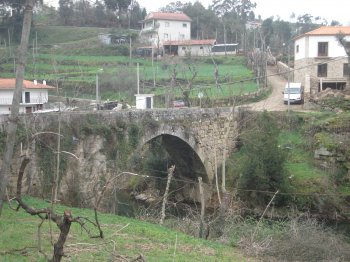Explore the best places
Heritage in Portugal
Pelourinho Manuelino de Alter do Chão
- heritage
Praça do Pelourinho
7440, Alter do Chão
It has a cylindrical base strangled in the top, torso shaft and the capital is also cylindrical strangled in the middle. It is finished by the armillary sphere in iron.
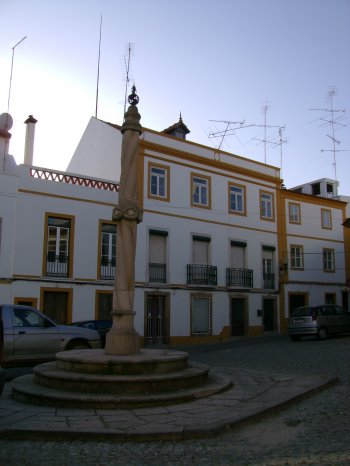
Igreja Matriz do Topo / Igreja de Nossa Senhora do Rosário
- heritage
Rua Joaquim Homem da Silveira Noronha
9875, Topo
Church built in the 16th century, being later enlarged and restored in the 18th century. This reconstruction was necessary due to the devastation the earthquake called God warrant did in this temple. In the majestic facade stands out the gate, three large Windows and two glasses, not forgetting the Bell Tower, atypical in the architecture of the island. In the interior, especially the gilt and the various screens.
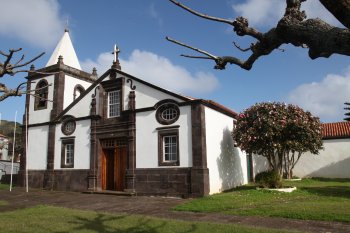
Fajã do Além
- heritage
Fajã do Além
9875-027, Topo
Access to this fajã, located between Fajã de São João and the Fajã do Lava, through a narrow path, where you can enjoy fantastic panoramic views. This way, however, is only possible on foot, donkey or horse. The various existing homes here are nowadays inhabited only on weekends. The land is used for agricultural purposes, essentially to grow yams and vineyards.
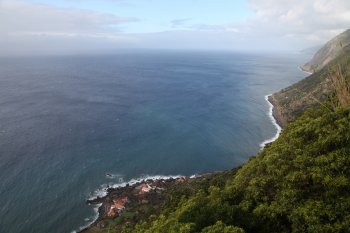
Fajã das Fonduras
- heritage
Fajã das Fonduras
9850, Calheta
Little Cliff located between Fajã da Ponta Grossa or Mere and Fajã da Abelheira. Is almost completely abandoned, except for the inhabitants of Norte Pequeno, who comes to here graze cattle and cultivate the land. There are many Springs, knowing that here existed an ancient watermill. Access is on foot, via a shortcut that starts in Norte Pequeno or car, down the path of Fajã da Crags, into the corner of the Bedrooms and then walk away.
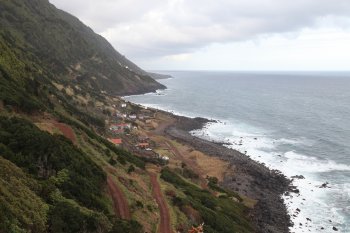
Igreja Matriz de Calheta / Igreja de Santa Catarina
- heritage
Rua 25 de Abril
9850-022, Calheta
The primitive Church, likely Foundation in the 16th century, was destroyed in 1639 by a fire. Years later, still in the 17th century, a new church was built in a less exposed to the force of the sea. In 1757 suffered major damage from the earthquake called "Warrant of God", in 1945 by the great uprising of the sea and, in 1980, by another earthquake.
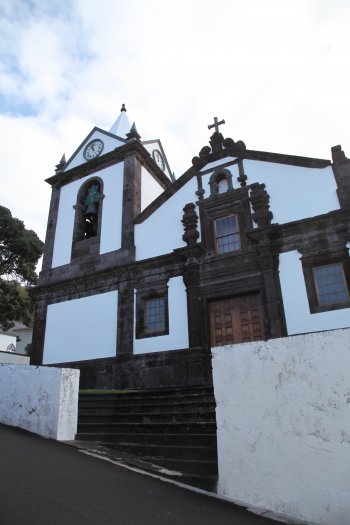
Fajã dos Cubres
- heritage
Fajã dos Cubres
9850-211, Calheta
With a curious name, taken from a plant that has small yellow flowers, the Fajã dos Cubres, also known as Fajã of Our Lady of Lourdes, is one of the most beautiful and exotic in the Saint Jorge Island. The lagoon with the same name is an obligatory passing point. That is where the fishermen go get shrimps for fishing the grouper.
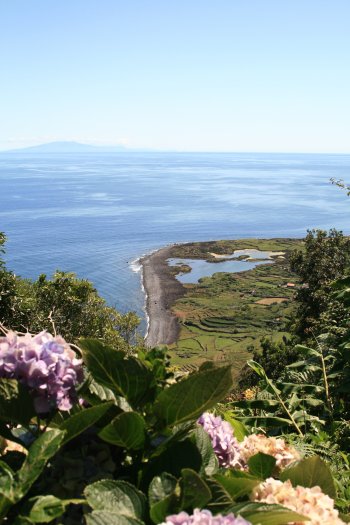
Fajã de São João
- heritage
Fajã de São João
9875-027, Topo
Accessible by car almost all the way up to its completion, the Fajã de São João, the largest fajã da costa South of the municipality of Calheta, is local in passing mandatory for all those who seek tranquility, in landscapes of rare beauty. Is also known for being summer location of some wealthy families on the island. The steep location is sometimes synonymous with tragedy, and the population has suffered some setbacks da fajã, since siege of pirates to natural disasters.
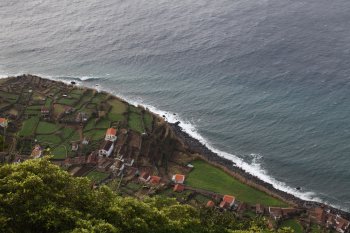
Fajã da Caldeira do Santo Cristo
- heritage
Fajã da Caldeira de Santo Cristo
9850-205, Calheta
Of all the fajãs - fertile places due due to their microclimate - the Fajã da Caldeira do Santo Cristo may be the most well known, namely because it is the only place in the Azores where one can find clams. It also has a lagoon and a underwater cave. It is also excellent for surfers. One can get there on foot or by motorcycle.

Fajã dos Vimes
- heritage
Fajã dos Vimes
9850-213, Calheta
With jagged cliffs, as most of the fajãs on the Saint Jorge island, the inhabitants of Fajã dos Vimes have suffered several large nuisances. The worst of all took place during the 1757 earthquake that totally destroyed the fajã, later rebuilt. The tourist and the nature lover may get acquainted with the typical houses of the fajã and with that harmony, tragic at times, between man and nature.
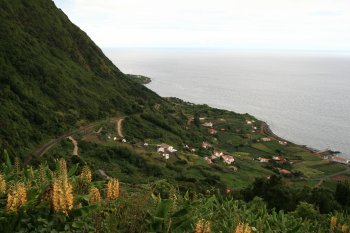
Ponte do Arco de Baúlhe
- heritage
Rua 5 de Outubro
4860-044, Arco de Baúlhe
19th century bridge Plan Board based on round arch.
